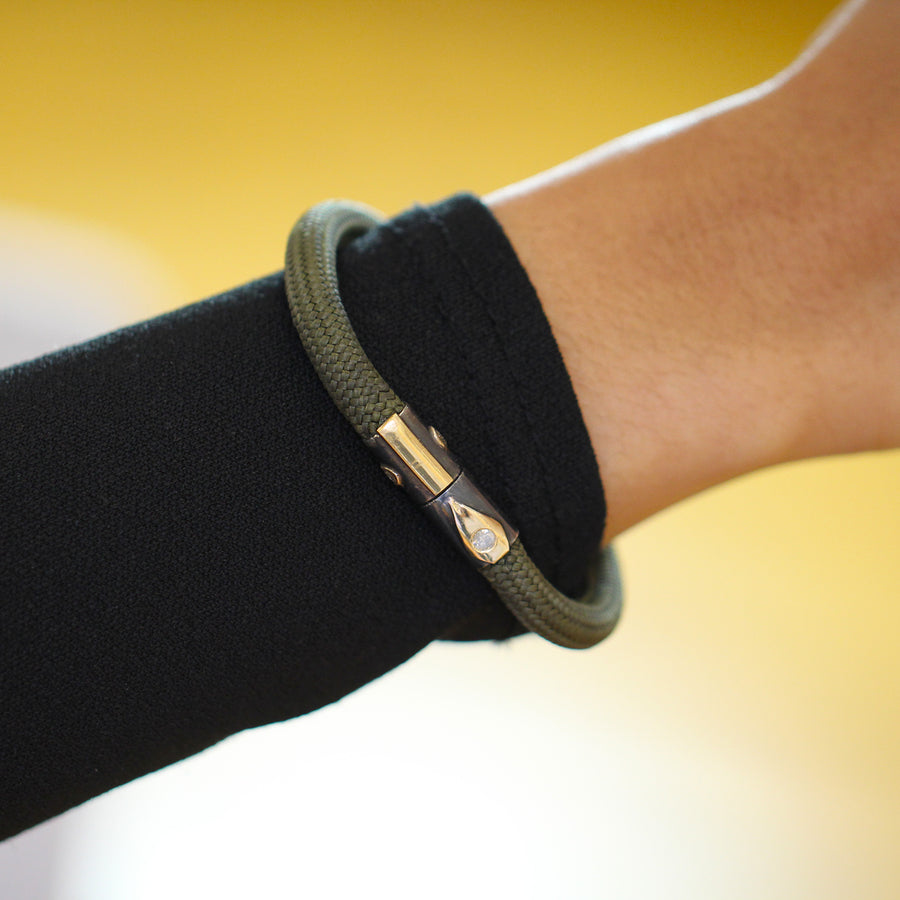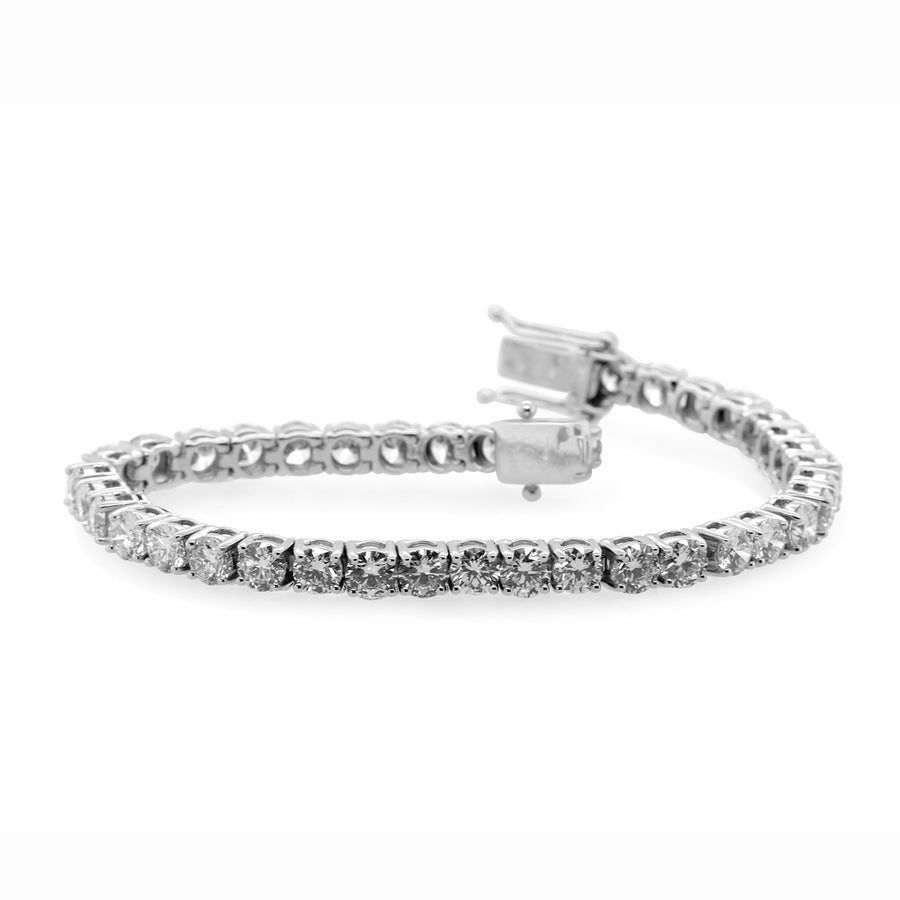Jewellery's unsung heroes - from decorative to hidden and everything in between.
Classic clasps
The simplest clasps are found on supporting chain used to present a vast range of contemporary pendants. They are tried and tested designs like bolt rings (round), lobster catches (oblong/oval), or baroque trigger catches. All three function with a spring loaded lever to open and close a small gate for the other end of the chain to slot into securely. They come in a range of sizes from approximately 5 mm suitable for fine chain to 25 mm for a heavy chain or as a statement element.
The S-clasp is one that has been handmade since ancient times - a wire is tapered towards both ends and turned over on itself to create an S shape. One end is closed down th either left at a slight gap to fit the receiver. As these are handmade they leave the maker creative licence for size, shape and finishes. Many of Catherine Manheim’s gorgeous bead necklaces are finished with this gorgeous style. And Rudolf Heltzl uses these on his striking handmade chains.
Toggle or t-bar clasps are classic clasps that have been used since Victorian times. They were popular fixtures for watch chains and chatelaines of the time. But they remain popular in contemporary jewellery. One end of the clasp is formed by a bar, which slots through a hoop on the other end and the weight of the chain secures the clasp. Have a look at Sine Vazques’ beautiful reinvention of the t-bar as the principal design element in her striking Pillar range. Or Nicole van der Wolf’s Splash necklace and bracelet which neatly integrates the toggle clasp in her drop shapes.
Bayonet clasps are an elegant solution to a spiral or coil necklace. The fine tube shaped clasp continues the line of the necklace without interruption. The two tube ends slot into one another and fix with a quarter turn or may be spring-loaded. They are often seen on the Niessing coils used by Angela Hubel and Niessing.
A contemporary version of these tube clasps use a magnet to secure the ends. For example Claudia Milic and Josehphine Bergsoe both use these styles.
Decorative Clasps
C-Clasps are just that - two C-shaped ends that slot together to secure the necklace. Erik Urbschat makes his highly engineered and chunky C-clasps in lush 18 karat yellow gold to suit his brightly coloured multi-strand necklaces. These beautifully crafted clasps deserve to be worn in plain view as a decorative element. Inga Reed uses a visually lighter and open version of the C-clasp for her large beaded necklaces for a minimalist and contemporary look. Whereas Nicole takes the C-clasp and uses it as a way to hide the clasp and make a visually continuous necklace and bracelet, which can be linked together seamlessly to extend the chain length.
Puzzle clasps typically use a particular shape that slots into the opposite end like a puzzle piece and the weight of the necklace then holds the pieces in place. The fit of the two shapes is important and they are technical pieces to make. Inga Reed uses a simple ball form to create a seamless looking clasp in her gorgeous aquamarine necklace with handmade silver beads. Nicole uses a similar idea for her Coral clasp necklaces. And in her intricate Puzzle Pebble necklaces she uses the puzzle clasp to create bold decorative elements.
Hidden or integrated clasps
A classic is the box clasp used in diamond line bracelets and necklaces. The clasp sits behind the diamonds hidden from view, giving a continuous look to the necklace or bracelet.
Manu is another proponent of the integrated clasp - their flat magnetic clasps are an elegant solution to fixing their wide woven foxchain necklaces and bracelets. The simple design complements their crisp contemporary style and the well thought out clasps add an element of luxury typically only found in more expensive jewellery.
As you can see there are a myriad of solutions to securely attaching a necklace or bracelet. A well designed clasp is a joy to behold and you’ll be reminded of the thought and skills that went into making the piece each time you take it on and off.


















